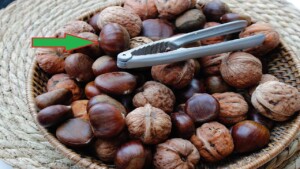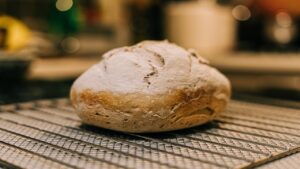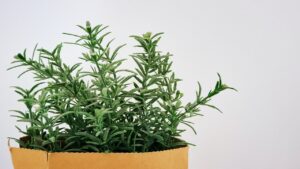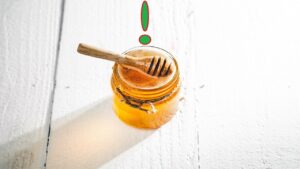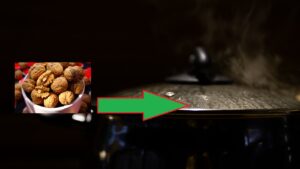Washing Broccoli the Right Way: Tricks to Get Rid of Worms and Parasites
To stay healthy in the winter season, it is essential to follow a good diet. Fruits and vegetables, with their rich nutritional properties, are always beneficial. Broccoli, especially typical of this period, not only boasts a pleasant flavor but also helps strengthen our immune system.
Ensuring that broccoli is free of worms and parasites is crucial to prevent infestations in organic or untreated crops. If these unwelcome guests have “set up camp,” the task at hand is to wash the broccoli correctly. If you’re not very experienced or need a refresher, continue reading. In the following paragraphs, we’ll guide you step-by-step on how to clean broccoli. Don’t worry; it’s nothing complicated, as long as you have a precise “battle plan” to follow.
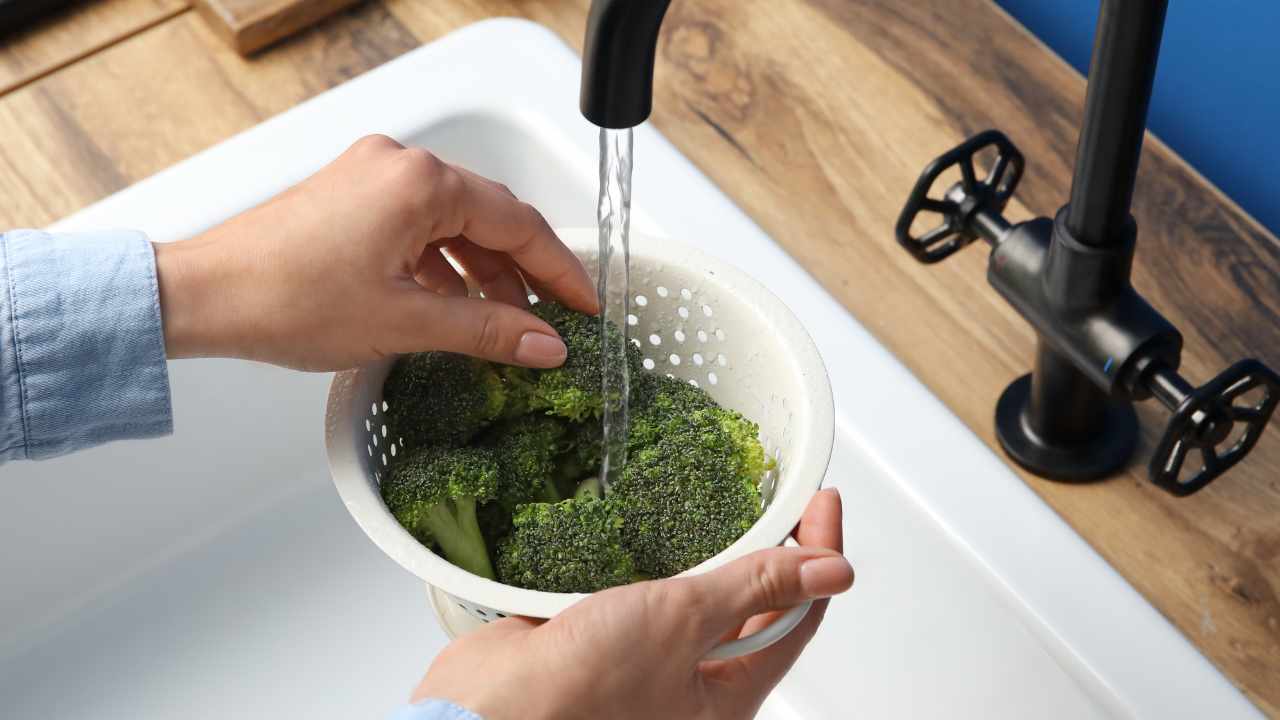
How to wash broccoli: so it will no longer be infested with worms and parasites
Before delving into the technique, let’s dispel a common misconception: simply rinsing broccoli under running water is insufficient! It would be like flipping a coin: it might go well for you or not.
When selecting broccoli at your local store or shopping center, carefully observe its condition. Opt for those with a dark green color. If they appear yellow, it’s better to steer clear, as it indicates a lack of freshness. Once you’ve completed your shopping and returned home, the preparation process begins. Cut the hardest part of the stem lengthwise and into smaller pieces at the center.
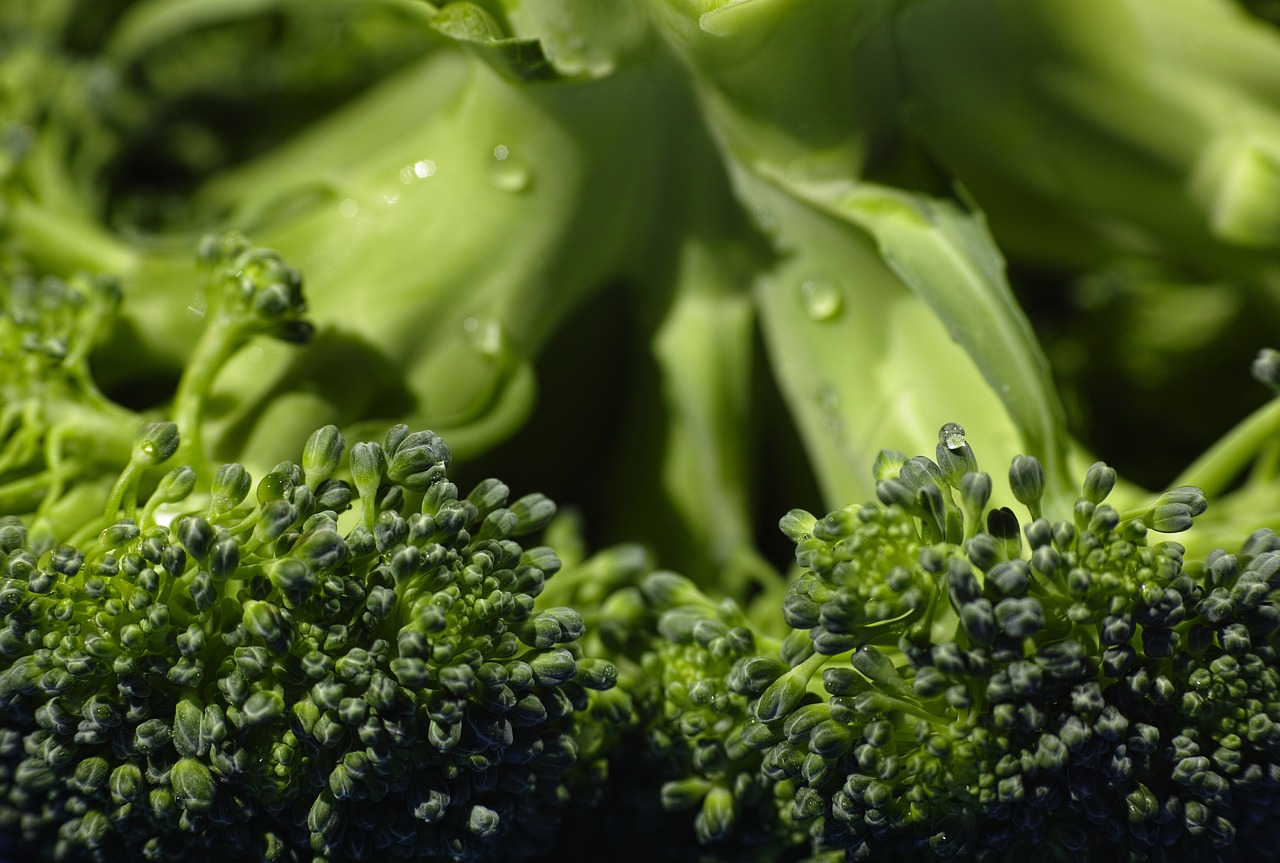
Next, separate the remaining broccoli, discarding any damaged parts identifiable by their dull appearance. Prepare a container and fill it with three cups of water, one of vinegar or two liters of water and a teaspoon of salt. If the bowl does not have much capacity, reduce the quantities but maintain the proportions.
Now, place the broccoli inside the container for about twenty minutes. Finally, rinse them. Ta-dah! You’ve completed the process; it’s time to cook!

